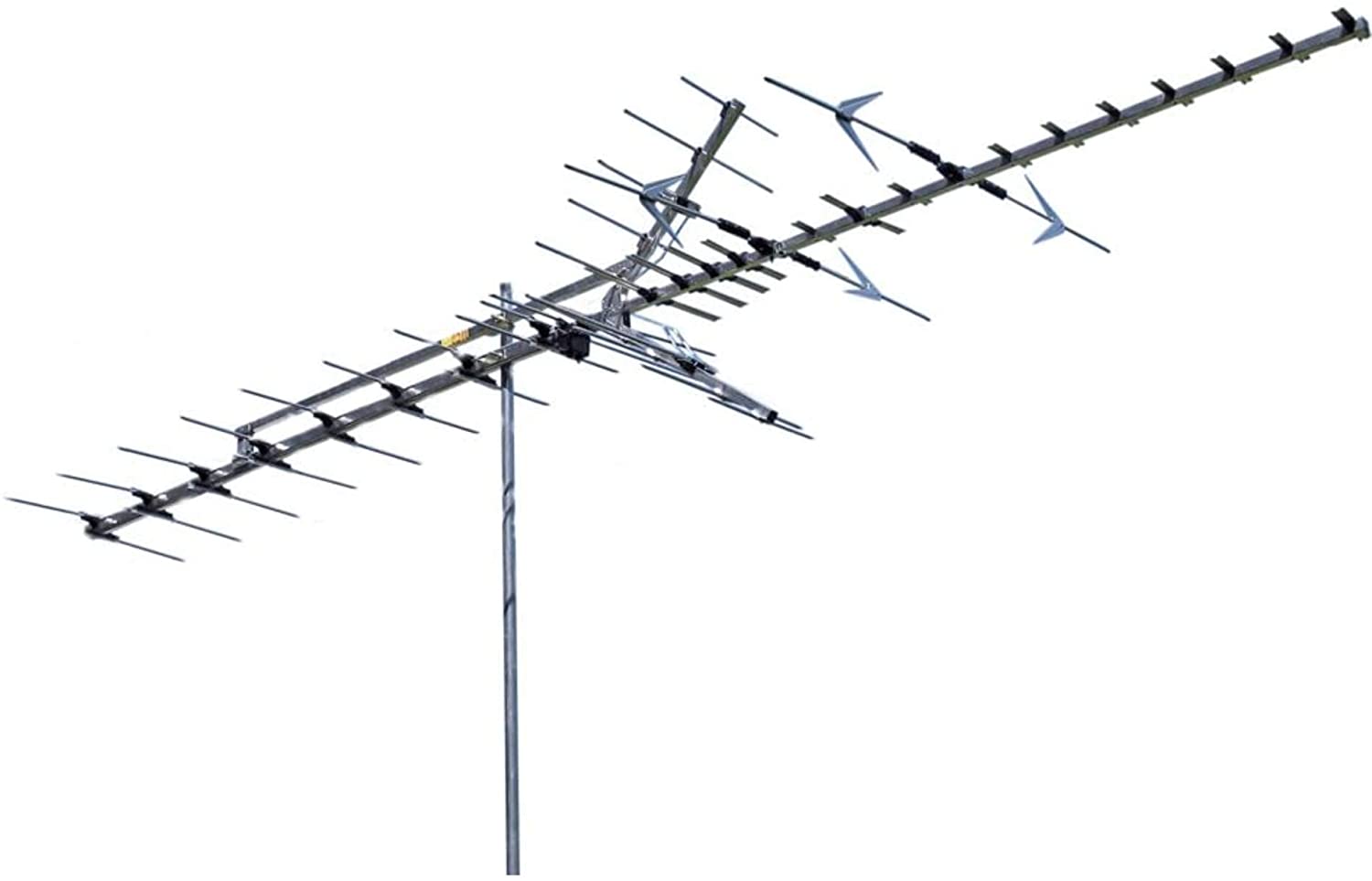Free TV Once Again Relevant & Vibrant In the Self-Bundling Era
What’s old is new again

In terms of television delivery, the adage “what’s old is new again” seems appropriate.
And this time, the “old” is more attractive.
The television industry has constantly evolved since the inception of commercial broadcasting in the 1940s and has experienced three fundamental phases.
- The first was the “free TV era.” Viewers received VHF and UHF channels at no cost using over-the-air (OTA) antennas. The only downside was limited choices, so technologies were developed to address this latent demand.
- Then came the ascendancy of cable and satellite delivery, providing paying subscribers with more than a hundred networks, even if they were only interested in a few. At its peak, about 90% of homes opted into this all-you-can-eat buffet on their televisions.
- We have now entered a new era, again driven by technology, with the emergence of on-demand streaming services. Some carry monthly fees like Netflix and Disney+. Others are free, like the growing number of AVOD services and FAST platforms such as Pluto and Tubi. Some services are hybrids like Peacock and Hulu that offer both free and paid subscriptions.
At Scripps, we have labeled this the “self-bundling era” because consumers can now decide which combination of services is optimal for their needs.
Retain cable and add two streaming services? Cut the cord and subscribe to six? Which six?
In a country of 122 million homes, we could end up with nearly 122 million different combinations. Even within a home, viewing options will vary based on whether a room has a smart TV—and which brand.
Based on the facts, Scripps believes free, over-the-air TV will play an important role in this new era. According to the Consumer Technology Association, about 8.5 million digital antennas are sold in the U.S. each year. Household penetration for antennas has been growing, and today, nearly 1 in 3 homes has one—up from 26% in 2019 to 32% in 2021. Many own more than one.
The professional video industry's #1 source for news, trends and product and tech information. Sign up below.
50M Households by 2025?
Antenna owners include a surprisingly even mix of cable/satellite subscribers vs. non-subscribers. Cord-cutters, and cord-nevers, use antennas to watch content that isn’t widely available on SVOD services, such as local news and live sports. Cable and satellite homes use antennas to watch TV on unwired sets and watch channels not included in their subscription packages. OTA access is just another item to consider when assembling one’s self-bundle. And it’s free.
Digital antenna penetration is likely to continue to grow at a steady rate. According to projections, OTA could eclipse 50 million U.S. homes by 2025. Content is likely to be a huge driver. After all, assembling the optimal mix of content breadth and depth is the guiding principle of self-bundling.
If you don’t have an antenna, you may be surprised to learn how many channels you can receive with this simple device. A common misconception is that OTA only includes the major broadcast networks, one or two independent stations, a PBS affiliate, and perhaps a few shopping and religious channels. In reality, the offerings typically include more than two dozen multicast networks—also known as “diginets.” These networks are carried on the transmissions of traditional TV stations via digital compression.
The most widely viewed networks include MeTV (classic series), Grit (westerns), Bounce (African American-targeted series and movies) and Start TV (off-net dramas). Additional networks feature sci-fi, comedy, movies, sports, how-to and other unscripted reality programming, and more. Two former cable networks, Newsy and Court TV, have been revived as free over-the-air multicast networks. Six new multicast networks launched last year alone.
70% Audience Growth
The dramatic increase in the number and diversity of multicast networks, coupled with vastly improved and attractive content, has resulted in almost 70% growth in audience for this segment over the past five years, per Nielsen. During this same period, cable network audiences declined by nearly one-third.
The biggest obstacles to OTA being a part of more consumers’ bundles are awareness and familiarity. As previously noted, non-owners of antennas underestimate the number of networks they can receive with a digital antenna. They also don’t realize that over-the-air networks are different from the ones available via cable and satellite packages. Unaware consumers may also perceive antennas as settling for an inferior package. But research indicates that OTA households are more satisfied overall with their bundles than MVPD subscribers.
Improved technology will be an additional driver of OTA adoption. ATSC 3.0 (also known as NextGen TV) promises improved reception, better sound quality, the ability to watch on mobile devices, targeted datacasting and other benefits. It has already begun rolling out market-by-market.
Additionally, a new generation of “smart antennas” work with home Wi-Fi and enable users to watch OTA content on-demand and to more easily record broadcast programs with built-in DVR functionality. They also can provide return-path data – which is hugely important for audience measurement and for allowing addressable advertising.
The bottom line: Even though antennas hearken back to an earlier era, they have evolved and now are helping to shape the self-bundling equation, and this won’t change going forward. The original delivery system for television has become one of the most attractive.
For one thing, you can’t beat the cost.

Jon Marks is Chief Research Officer for Scripps Networks
